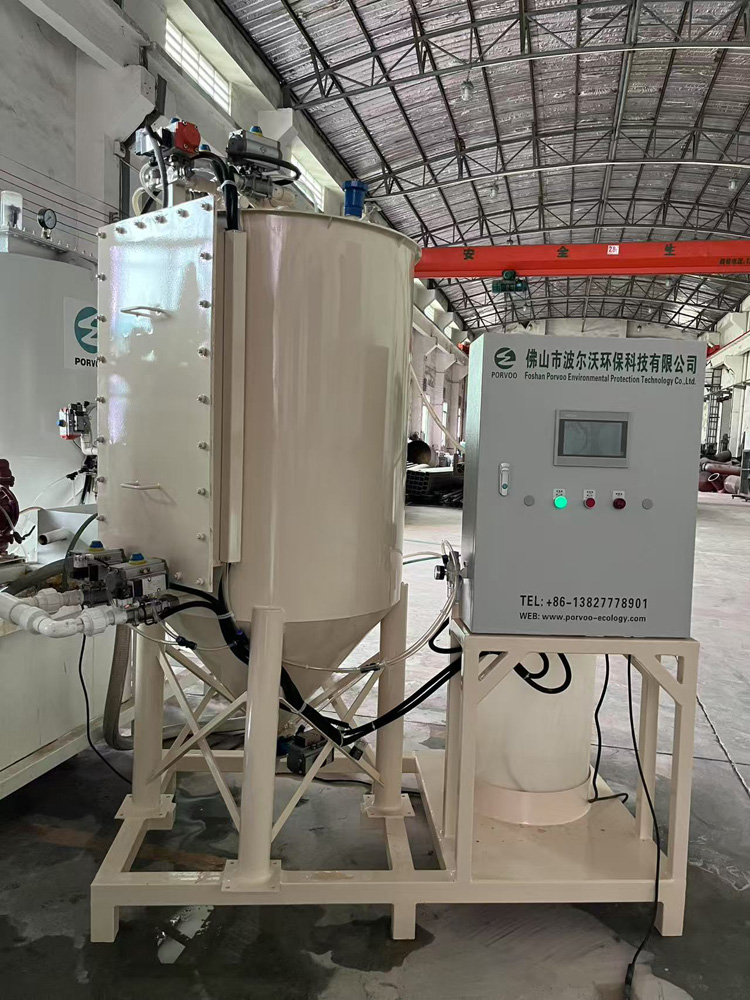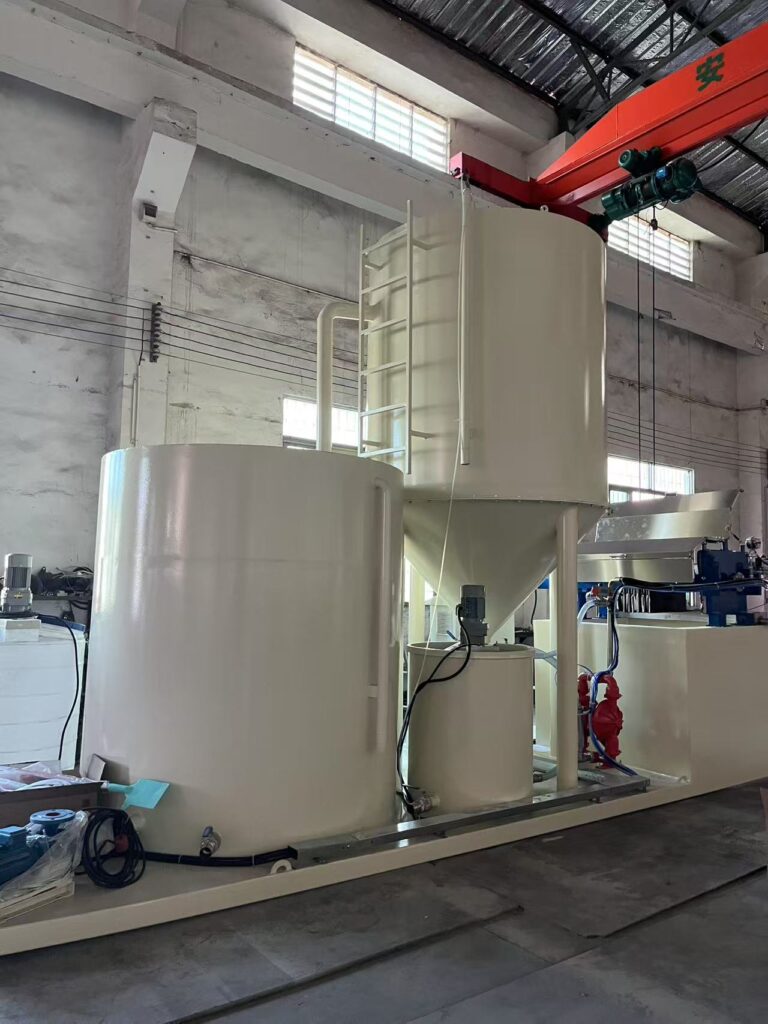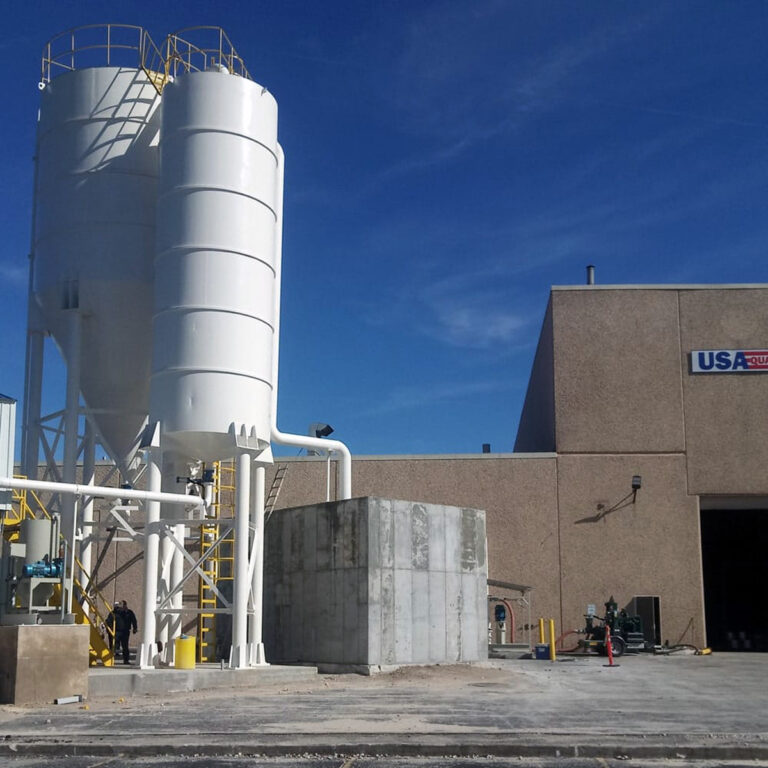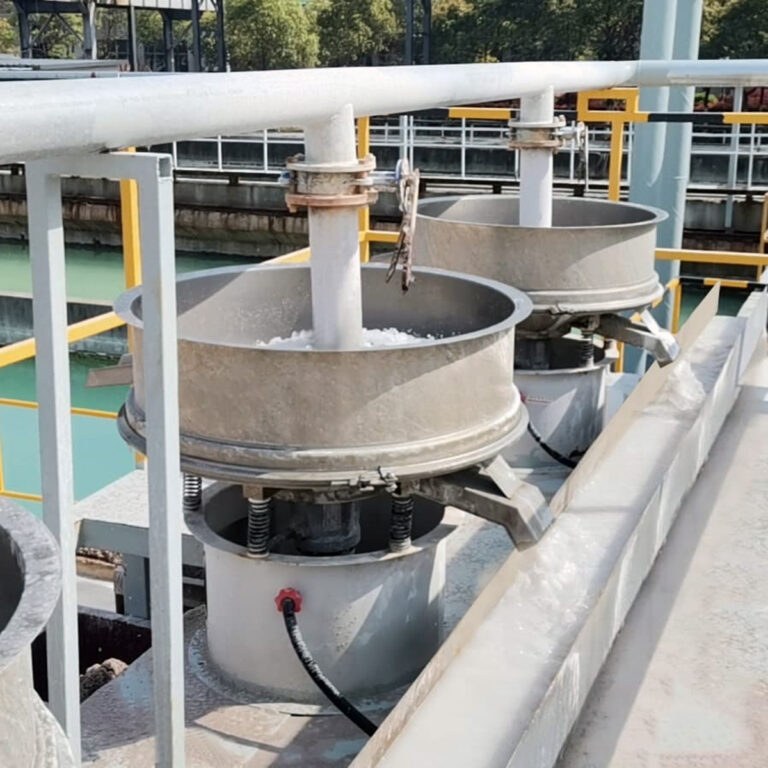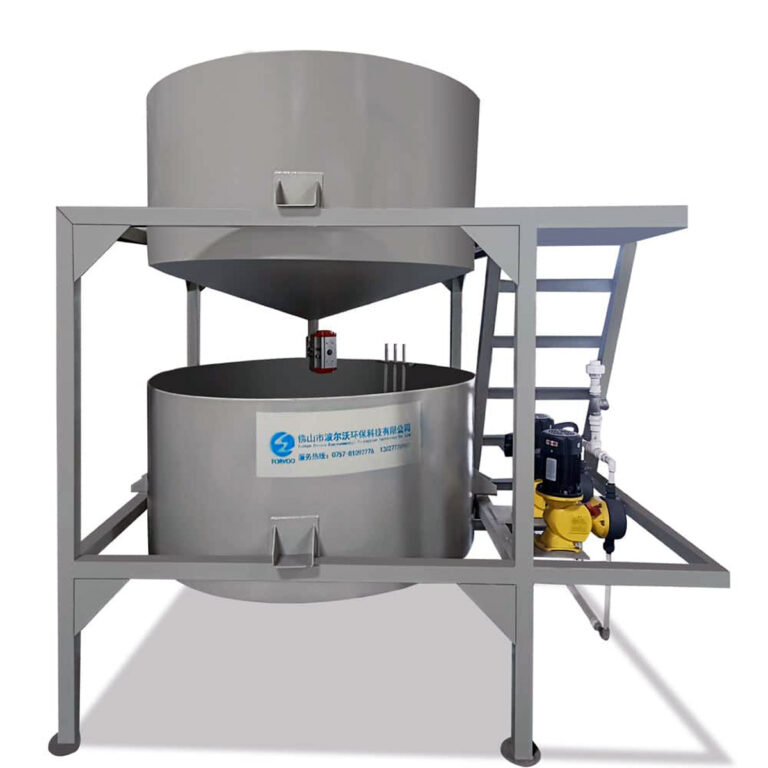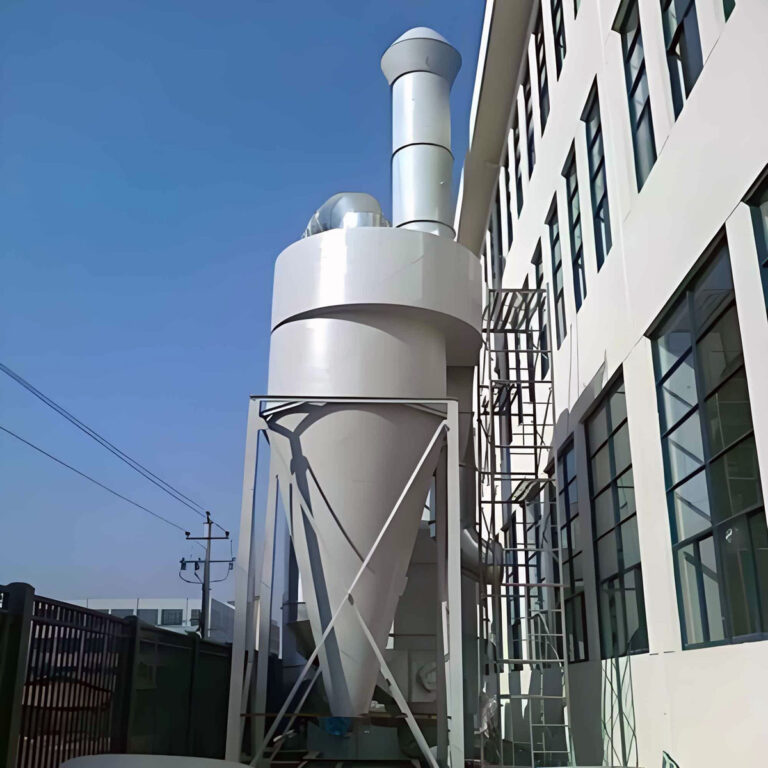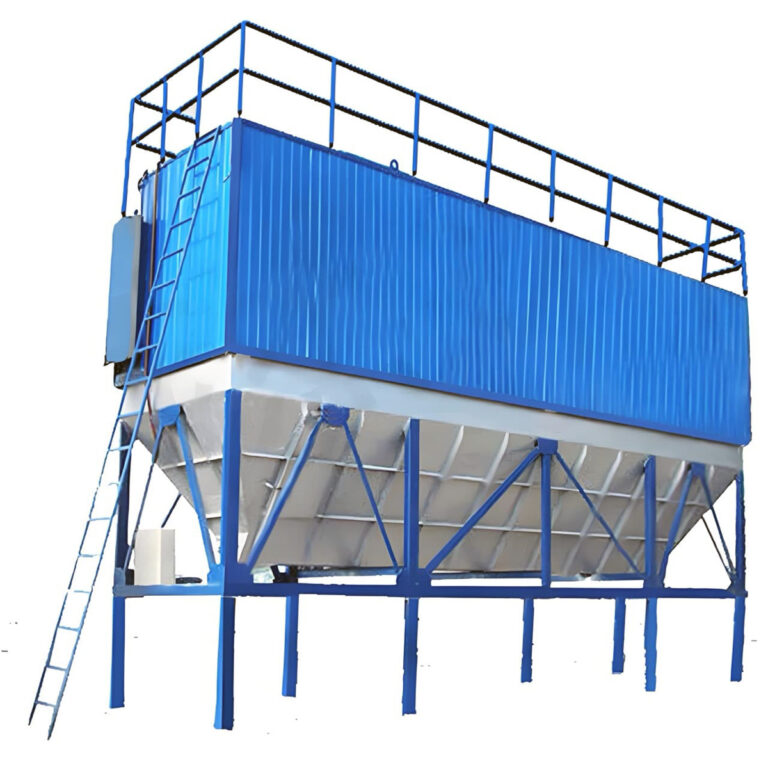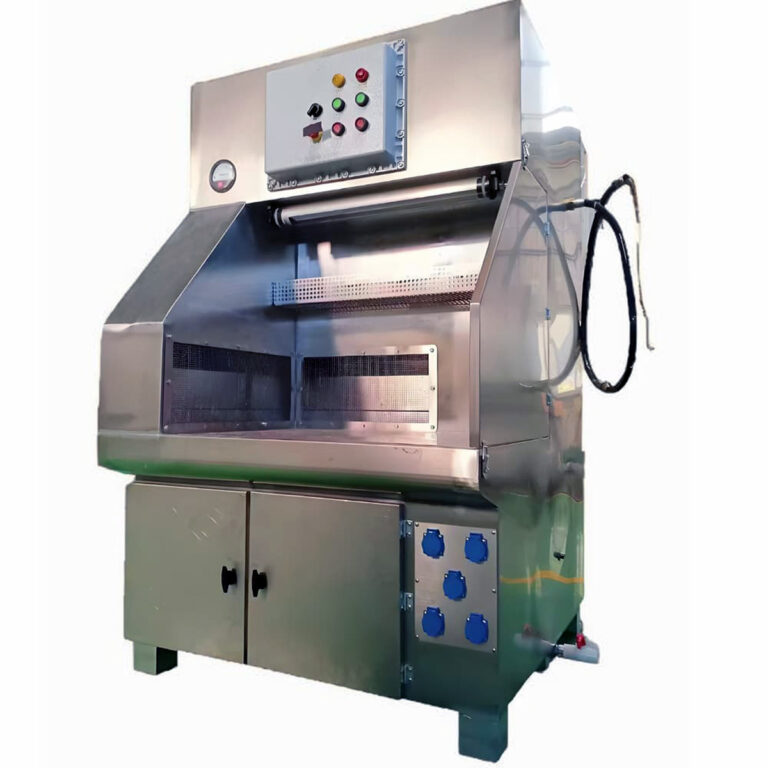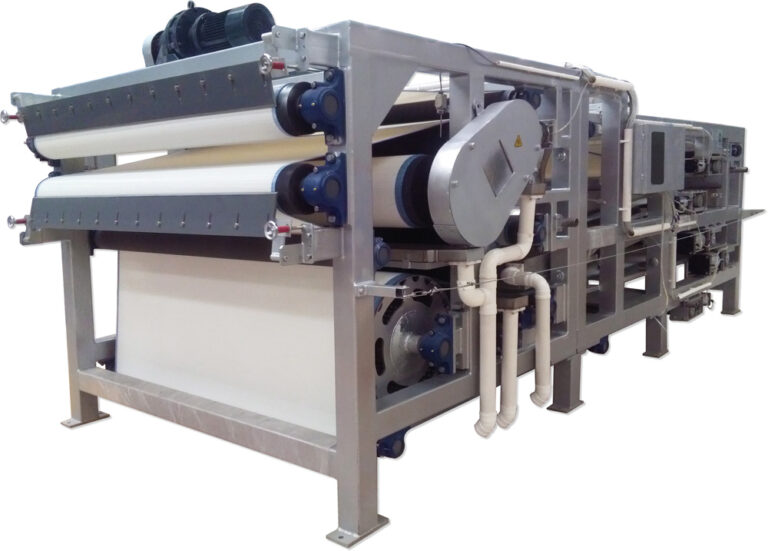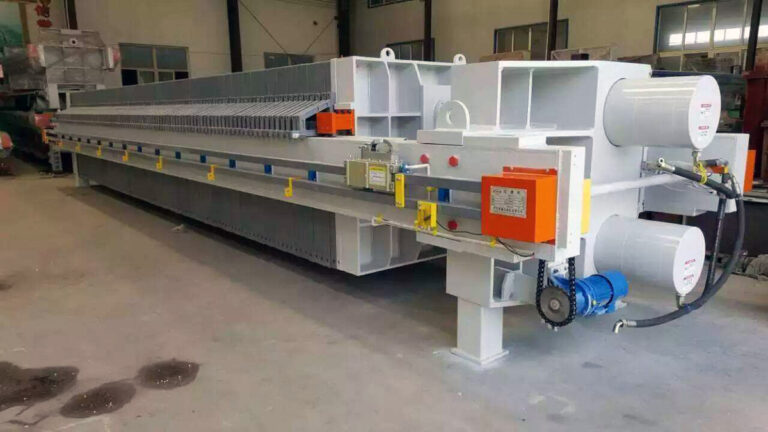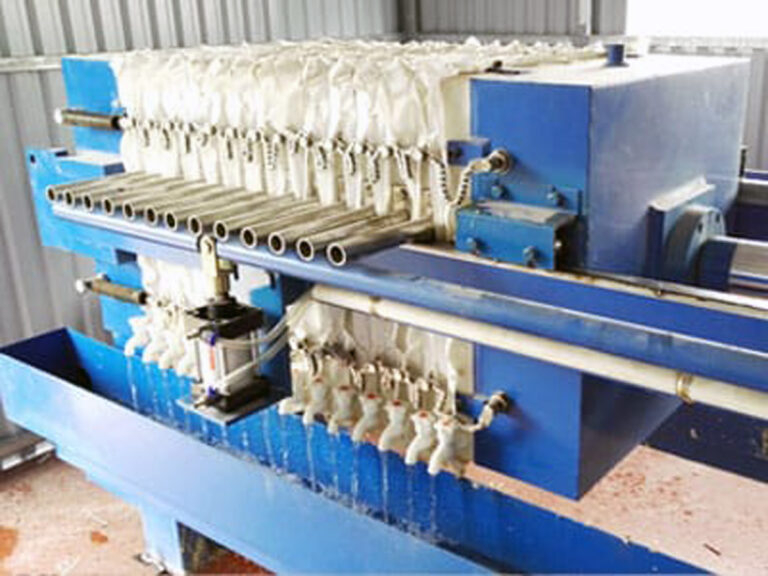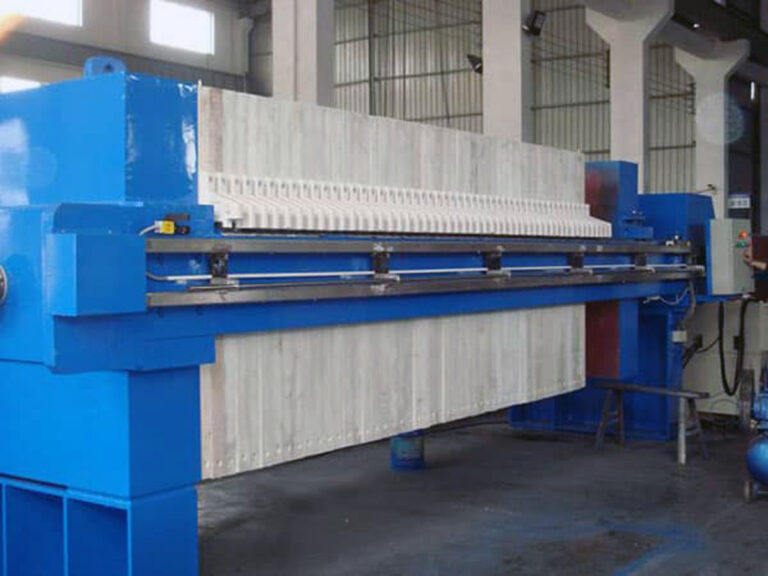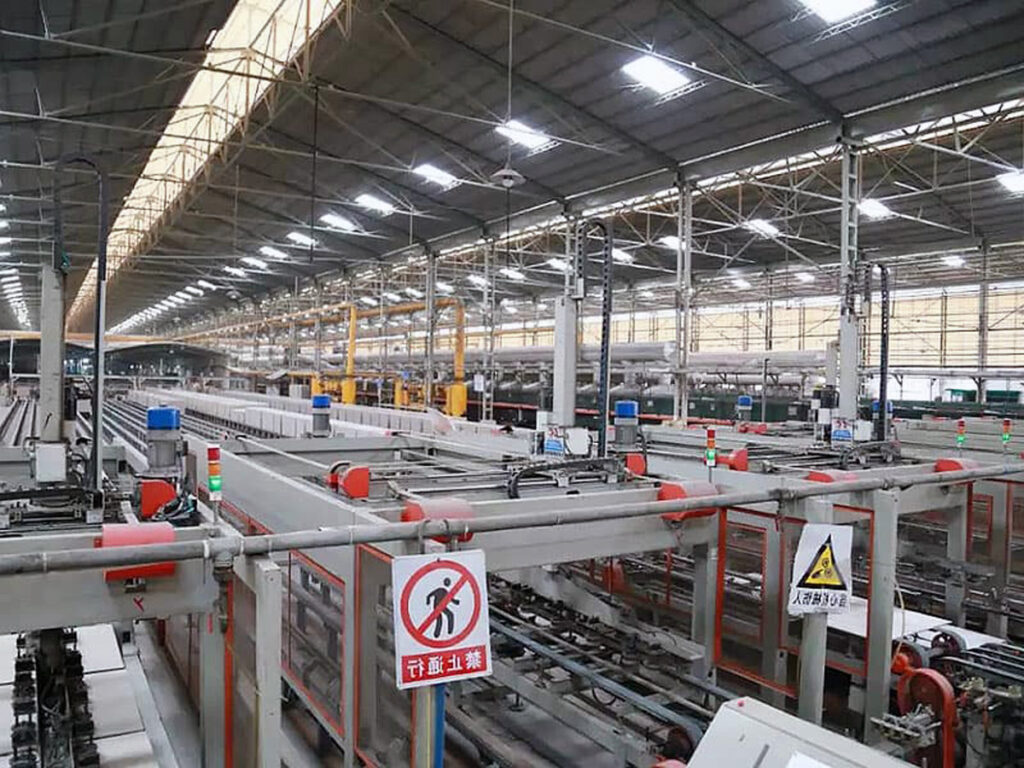Industrial filtration equipment represents one of the most critical infrastructure investments for manufacturing operations, yet many organizations struggle with vendor selection and equipment procurement decisions. The complexity of modern filtration systems, combined with the significant financial investment required, creates a challenging landscape for procurement professionals and facility managers.
Problem: Manufacturing facilities face mounting pressure to maintain product quality, comply with environmental regulations, and optimize operational costs—all while navigating an increasingly complex filtration equipment market. Poor vendor selection decisions can result in equipment failures, regulatory compliance issues, and unexpected maintenance costs that can exceed 200% of initial equipment investment over a five-year period.
Agitate: Without proper guidance, companies often discover too late that their chosen filtration system cannot handle peak capacity demands, lacks essential certifications, or requires proprietary replacement parts that create vendor lock-in situations. These oversights can lead to production shutdowns, environmental violations, and emergency equipment replacements at premium costs.
Solution: This comprehensive filter equipment buyer guide provides systematic approaches to vendor evaluation, technical specification analysis, and total cost assessment, ensuring you make informed decisions that protect both operational efficiency and long-term profitability.
What is Industrial Filter Equipment and Why Does Selection Matter?
Industrial filter equipment encompasses a broad spectrum of systems designed to remove contaminants from air, liquids, and gases in manufacturing processes. PORVOO specializes in providing comprehensive filtration solutions that address diverse industrial applications, from pharmaceutical manufacturing to chemical processing.
The selection process matters because modern industrial operations demand precision, reliability, and regulatory compliance. According to recent industry research, approximately 60% of unplanned downtime in manufacturing facilities can be traced back to inadequate filtration system performance. This statistic underscores why your industrial filter buyer guide approach must prioritize both technical specifications and long-term reliability factors.
Filter equipment selection directly impacts product quality, environmental compliance, and operational costs. A properly specified system can reduce maintenance expenses by 40-50% compared to inadequate solutions, while ensuring consistent product quality and regulatory adherence. The complexity of modern filtration requirements means that one-size-fits-all approaches rarely deliver optimal results.
How to Assess Your Industrial Filtration Requirements?
Successful filtration equipment procurement begins with comprehensive requirement assessment. This process involves analyzing current operational demands, future capacity needs, and specific contaminant challenges unique to your application.
Determining Flow Rate and Capacity Needs
Flow rate calculations form the foundation of proper equipment sizing. You must consider both normal operating conditions and peak demand scenarios. Industry data shows that undersized systems account for nearly 35% of premature filter equipment failures, making accurate capacity assessment critical.
Peak flow rates typically exceed normal operating conditions by 150-300%, depending on your industry sector. Chemical processing facilities often experience higher variance than food and beverage operations. Document your flow patterns over complete production cycles, including startup, normal operation, and shutdown phases.
Consider future expansion plans when determining capacity requirements. Systems sized for current needs may become inadequate within 2-3 years if business growth accelerates. Build in 20-30% capacity buffer for standard applications, or 40-50% for high-growth scenarios.
Identifying Contaminant Types and Characteristics
Contaminant analysis determines filtration technology selection and efficiency requirements. Different contaminant types—particulates, oils, moisture, chemical vapors—require specific filtration approaches and media selections.
Particle size distribution significantly impacts filter media choice and system design. Submicron particles require different capture mechanisms than larger particulates. Laboratory analysis of your specific contaminants provides essential data for vendor discussions and system specification.
Temperature and chemical compatibility considerations often limit filter media options. Aggressive chemicals may require specialized housing materials and corrosion-resistant components, affecting both initial costs and long-term maintenance requirements.
| Contaminant Type | Size Range | Filtration Method | Efficiency Target |
|---|---|---|---|
| Dust Particles | 0.5-100 μm | Mechanical/Electrostatic | 95-99.9% |
| Oil Aerosols | 0.1-10 μm | Coalescing | 99.5-99.97% |
| Chemical Vapors | Molecular | Activated Carbon | 90-99% |
| Moisture | Droplets 1-50 μm | Coalescence/Absorption | 99-99.9% |
What Are the Essential Types of Industrial Filter Equipment?
Understanding equipment categories helps focus your vendor selection process and ensures appropriate technology matching for your specific applications.
Bag Filters and Housing Systems
Bag filter systems offer versatility and cost-effectiveness for many industrial applications. These systems excel in high-volume, moderate-efficiency applications where easy maintenance access is important. Modern bag filter designs achieve 95-99% efficiency ratings while maintaining low pressure drop characteristics.
Housing design significantly impacts system performance and maintenance requirements. Side-access housings provide easier bag replacement, while top-access designs may offer space advantages in constrained installations. Stainless steel construction adds initial cost but provides superior chemical resistance and longevity.
Our experience indicates that properly sized bag filter systems can operate for 6-12 months between service intervals, depending on contaminant loading. This extended service life makes bag filters particularly attractive for applications with consistent, predictable contamination patterns.
Cartridge Filtration Solutions
Cartridge systems provide higher efficiency and more compact designs compared to bag filter alternatives. These systems typically achieve 99.5-99.97% efficiency ratings while occupying 30-50% less floor space than equivalent bag filter installations.
Cartridge variety enables precise performance tuning for specific applications. Pleated designs maximize surface area and extend service life, while specialized media formulations address specific chemical compatibility requirements. However, cartridge systems generally require more frequent maintenance attention and higher replacement media costs.
The modular nature of cartridge systems allows for staged efficiency approaches, combining pre-filtration and final filtration in single housing assemblies. This design flexibility proves particularly valuable in applications with variable contamination patterns or stringent purity requirements.
Specialty Filtration Technologies
Advanced applications may require specialized technologies such as HEPA filtration, electrostatic precipitation, or magnetic separation systems. These technologies address specific contamination challenges that standard mechanical filtration cannot effectively handle.
HEPA systems achieve 99.97% efficiency on 0.3-micron particles but require careful system design to manage pressure drop and energy consumption. Electrostatic systems excel with oil aerosols and fine particles but may require more complex control systems and regular maintenance attention.
As industry expert Dr. Sarah Mitchell notes, “Specialty filtration technologies often provide the only viable solution for critical applications, but they require more sophisticated maintenance programs and operator training to achieve optimal performance.”
How to Evaluate Filter Equipment Vendors and Suppliers?
Vendor selection criteria extend beyond initial equipment pricing to encompass technical capabilities, service support, and long-term partnership potential. Your filter vendor selection process should systematically evaluate these multifaceted requirements.
Technical Capabilities and Certifications
Vendor technical capabilities directly impact system performance and regulatory compliance. Look for suppliers with relevant industry certifications, engineering expertise, and proven track records in similar applications. ISO 9001 certification indicates systematic quality management, while industry-specific certifications demonstrate specialized expertise.
Engineering support capabilities vary significantly between vendors. Full-service suppliers provide application analysis, system design, and ongoing optimization support, while equipment-only vendors focus primarily on product supply. Determine which approach aligns with your internal capabilities and support requirements.
Manufacturing quality standards affect long-term system reliability and performance consistency. Vendors with comprehensive quality programs typically experience 60-70% fewer field performance issues compared to those with basic quality approaches.
Service Support and Maintenance Programs
Post-installation support often determines long-term system success more than initial equipment selection. Comprehensive service programs include preventive maintenance scheduling, emergency response capabilities, and replacement parts availability.
Response time commitments vary significantly between vendors and geographic locations. Local service capabilities typically provide faster response times but may have limited technical depth compared to manufacturer-direct support programs. Evaluate service options based on your operational criticality and internal maintenance capabilities.
Industrial filtration equipment procurement should include detailed service level agreements that specify response times, parts availability, and technical support access. These agreements protect your operational continuity and provide recourse for service deficiencies.
| Vendor Evaluation Criteria | Weight | Scoring Method | Key Considerations |
|---|---|---|---|
| Technical Expertise | 30% | Reference projects, certifications | Application experience, engineering depth |
| Product Quality | 25% | Manufacturing standards, testing | Quality certifications, performance data |
| Service Support | 25% | Response times, parts availability | Local presence, technical capabilities |
| Commercial Terms | 20% | Pricing, payment terms, warranties | Total cost, financial stability |
What Technical Specifications Should Drive Your Purchase Decision?
Technical specifications form the foundation of equipment selection and vendor comparison processes. Focus on performance metrics that directly impact your operational requirements rather than generic specification listings.
Performance Metrics and Efficiency Ratings
Filtration efficiency ratings must align with your specific particle size requirements and purity targets. Standard efficiency ratings may not reflect performance with your actual contaminants, making application-specific testing valuable for critical applications.
Pressure drop characteristics affect energy consumption and system capacity over time. Initial clean pressure drop represents baseline energy requirements, while pressure drop progression indicates maintenance frequency needs. Systems with gradual pressure drop increase typically provide more predictable maintenance scheduling.
Contaminant holding capacity determines service interval lengths and operating costs. Higher capacity systems require less frequent maintenance but may have higher initial costs. Calculate total operating costs including energy, labor, and replacement media to determine optimal capacity selection.
Material Compatibility and Operating Conditions
Chemical compatibility requirements often limit equipment options and affect long-term reliability. Aggressive chemicals may require specialized alloys, coatings, or gasket materials that increase initial costs but prevent premature failure.
Temperature and humidity conditions affect both equipment performance and maintenance requirements. High-temperature applications may require specialized media and housing materials, while high-humidity conditions can impact filter media performance and service life.
Operating pressure requirements influence housing design and safety considerations. High-pressure applications require robust construction and additional safety features, increasing both initial costs and maintenance complexity.
How to Navigate Pricing and Total Cost of Ownership?
Filtration equipment procurement decisions require comprehensive cost analysis extending beyond initial equipment pricing. Total cost of ownership includes equipment costs, installation expenses, energy consumption, maintenance requirements, and replacement media costs over the system’s operational life.
Energy consumption often represents the largest ongoing cost component for filtration systems. Systems with lower pressure drop characteristics reduce energy costs but may require more frequent maintenance. Calculate energy costs based on your local utility rates and system operating hours.
Maintenance labor costs vary significantly based on system design and accessibility. Systems requiring specialized tools or extensive disassembly for routine maintenance generate higher labor costs than designs optimized for easy service access. Factor your local labor rates and skill availability into cost calculations.
Replacement media costs occur throughout system operational life and can exceed initial equipment costs over 5-7 years. Proprietary media typically costs 20-40% more than standard alternatives but may provide superior performance or longer service life. Evaluate media costs based on expected service intervals and performance requirements.
Research from the Industrial Filtration Association indicates that total cost of ownership over 10 years typically breaks down as: initial equipment (25%), installation (10%), energy consumption (35%), maintenance labor (15%), and replacement media (15%). This distribution varies by application but provides useful planning guidance.
What Common Pitfalls Should You Avoid in Filter Equipment Procurement?
Common procurement mistakes can significantly impact system performance and long-term costs. Understanding these pitfalls helps ensure successful industrial filter suppliers selection and project outcomes.
Undersizing systems to reduce initial costs frequently results in poor performance and premature failures. Systems operating at or near maximum capacity cannot handle process variations or peak demand periods. Size systems for realistic peak conditions rather than average operating requirements.
Focusing exclusively on initial equipment pricing while ignoring total cost of ownership often leads to poor economic outcomes. Vendors offering extremely low initial pricing may compensate through high maintenance costs, expensive replacement parts, or substandard performance that increases operating expenses.
Inadequate vendor financial stability assessment can result in support and parts availability issues. Vendors experiencing financial difficulties may reduce service support, discontinue product lines, or cease operations entirely, leaving customers without adequate support options.
Industry analyst John Richardson observes, “Many organizations select filtration equipment based primarily on initial cost comparisons, only to discover that maintenance requirements and replacement parts costs make these systems significantly more expensive over their operational lifetime.”
Selecting advanced filtration solutions requires balancing multiple factors including initial costs, performance requirements, maintenance needs, and long-term support availability. Successful procurement programs incorporate systematic vendor evaluation, comprehensive cost analysis, and realistic performance expectations.
The key to effective filtration equipment procurement lies in thorough preparation, systematic vendor evaluation, and comprehensive cost analysis. By following the structured approach outlined in this guide, you can confidently navigate the complex landscape of industrial filtration equipment selection while avoiding common pitfalls that compromise long-term operational success.
Consider partnering with experienced filtration specialists who can provide application-specific guidance and ongoing support throughout your equipment’s operational life. The right vendor relationship extends far beyond initial equipment supply to encompass performance optimization, maintenance support, and future expansion planning. What specific filtration challenges is your facility currently facing, and how might a more systematic procurement approach address these operational concerns?
Frequently Asked Questions
Q: What are the key considerations when selecting industrial filter equipment?
A: When choosing industrial filter equipment, it’s crucial to consider several key factors. These include understanding your industry’s unique filtration requirements, identifying the types of contaminants you need to filter, and ensuring compliance with regulatory standards. Additionally, selecting a reputable vendor who offers strong customer support is vital for long-term system performance and operational efficiency.
Q: How do I determine the right filter type for my industry?
A: To determine the right filter type for your industry, assess the types of contaminants involved in your production process. For example, the pharmaceutical industry often requires ultra-fine filtration for product purity, while sectors like mining might need filters for dust or heavy particulates. Consider the specific application and stage of production that requires filtration, as different processes may need varying levels of filtration.
Q: What role does vendor selection play in industrial filter equipment?
A: Vendor selection is critical in the procurement process for industrial filter equipment. A trusted vendor ensures that the filters meet your industry’s specific needs and adhere to relevant regulatory standards. This not only optimizes system performance but also helps avoid legal or operational issues down the line. Look for vendors with a strong reputation for quality and customer support.
Q: How can I ensure my industrial filter equipment complies with regulatory requirements?
A: Ensuring compliance with regulatory requirements is essential for industrial filter equipment. This involves understanding industry-specific standards set by bodies like the FDA, EPA, or ISO. Choose a vendor that offers filters compliant with these standards to ensure optimal performance and avoid potential legal issues. Regular maintenance and adherence to these standards are also crucial for ongoing compliance.
Q: What are the cost implications of choosing high-quality versus low-cost industrial filters?
A: While high-quality industrial filters may have a higher upfront cost, they can offer long-term benefits such as reduced maintenance costs, less equipment damage, and fewer replacements. This can lead to a lower total cost of ownership over time. Conversely, cheaper alternatives may seem attractive initially but can result in increased maintenance costs and downtime, ultimately affecting operational efficiency and profitability.
External Resources
- The Complete Buyer’s Guide to Industrial Dust Collector Parts – Tysum – Offers a comprehensive buyer’s guide to industrial dust collector equipment and parts, with insights on supplier evaluation, procurement tips, and vendor selection best practices.
- Understanding Industrial Filtration Systems: A Buyer’s Guide – Sanipure Systems – Details key factors in purchasing industrial filtration systems, including system types, customization, and supplier credibility, designed for buyers seeking strategic investment guidance.
- Industrial Air Filter Systems | Procurement & Vendor Guide – Youth – Focuses on evaluating industrial air filter vendors, supplier selection criteria, performance metrics, operational costs, and environmental factors affecting industrial filtration.
- Choosing the Best Filter for Your Heavy Equipment – Gregory Poole – Discusses how to select the proper filters for heavy industrial equipment, emphasizing compatibility, regulatory standards, supplier reliability, and maintenance considerations.
- How to Choose the Right Filtration System for Your Industry – Advanced Filtration – Provides a guided approach to matching filtration solutions to industry-specific needs, including vendor selection, system types, and compliance factors.
- Industrial Filter Selection Guide – Camfil – Presents an overview of selecting and specifying industrial filter equipment, vendor comparison, system efficiency, and maintenance strategies for diverse industrial applications.
